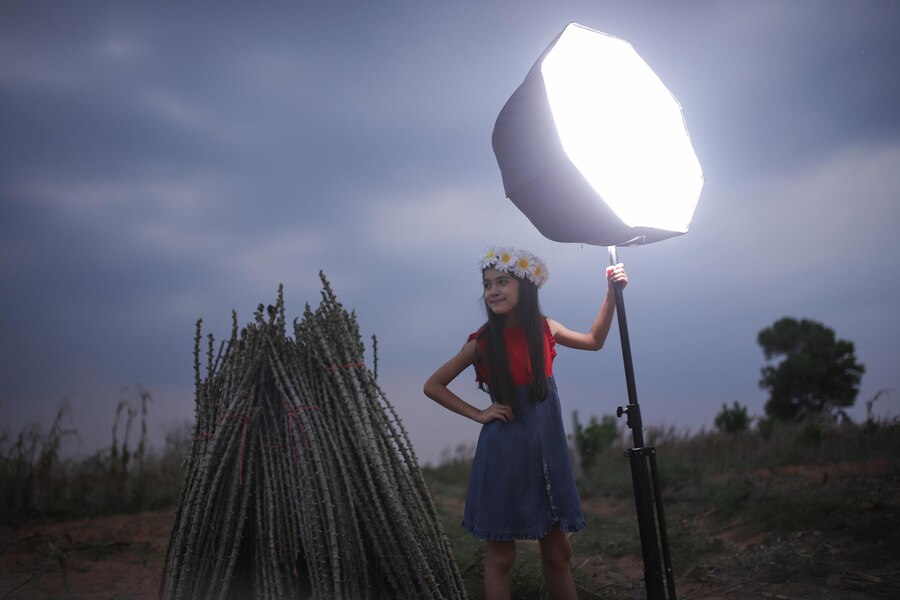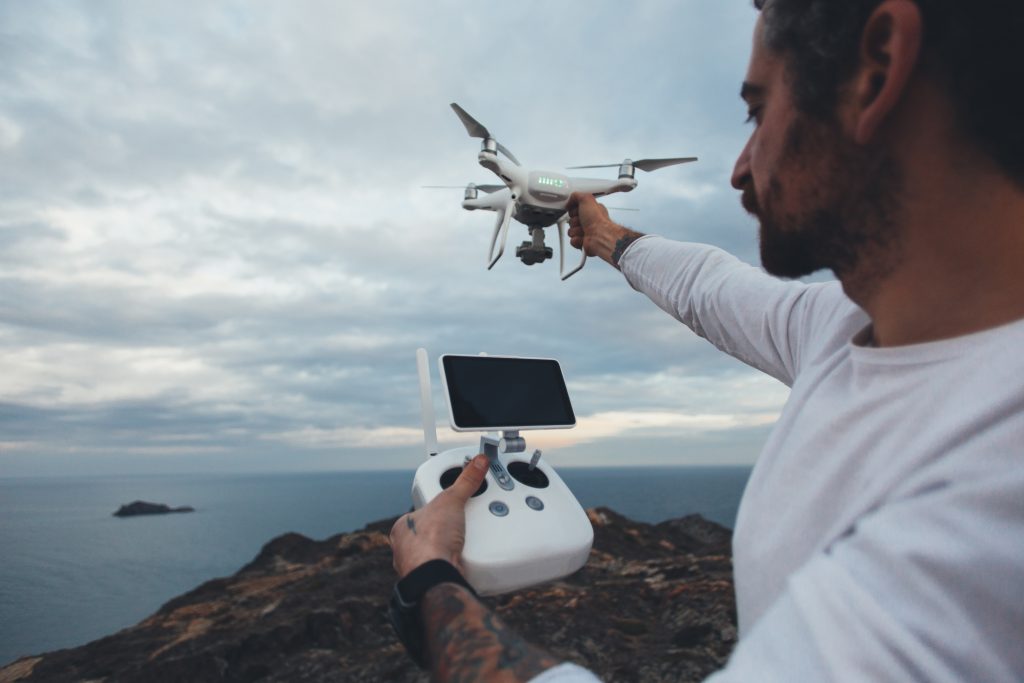Blog
How to Plan Outdoor Documentary Shoots in Changing Light

When it comes to shooting outdoor documentaries, one of the biggest challenges filmmakers face is dealing with changing light. The natural world doesn’t have a switch to turn it down. The sun moves, the clouds move, and the weather doesn’t always play nice. This is one of the great things about shooting outside, but it can also be hard.
Mastering the art of shooting in outdoor lighting will save you time in editing and enhance your film’s authenticity, whether you’re taking pictures of a beautiful mountain hike, a farmer going about his daily work, or wildlife in its natural environment. So, how do you plan documentary shoots outside that goes well when the light is always changing? Let’s walk through it together.
Why Changing Light Matters in Outdoor Documentary Shoots
Shifting lighting conditions can make a big difference in the mood, clarity, and overall quality of your video. You could start filming someone in broad daylight, and then an hour later, it might start to rain. This can make the exposure, color balance, and even the continuity all go wrong. On the flip side, changing light can also be your best friend. Golden hour light can add drama and warmth. A sudden shift in weather can introduce emotion or tension.
Your documentary shoots will look more natural and interesting if you plan around the light instead of against it. Viewers feel the passage of time, the realism of the environment, and the emotional tone set by the sky above.
Scout Your Outdoor Shoot Locations in Advance
Visit the places you’re going to shoot before you even get your camera. Go at different times of the day—morning, afternoon, and early evening—to see how the light source (the sun) shifts and affects your shots. Write down or take pictures of how the sun hits different parts of the body. Is there a tree that casts a long shadow? Also, take note of opportunities for creative backlight—like when the sun is behind your subject, creating dramatic silhouettes or rim lighting.
Scouting also helps you identify any obstacles like reflective surfaces, harsh glares, or dark corners that might make shooting difficult. You can use apps like Sun Seeker or PhotoPills to better plan your day by seeing where the sun is going to be.
Understand Golden Hour and Blue Hour
The golden hour is the time right before and after sunrise. It casts a warm, soft light that works well for scenes outside. Blue hour, on the other hand, is just before or after sunrise or sunset. It has a softer, more mysterious light.
Filmmakers like these times because the light is even, the shadows are soft, and the scenery is beautiful. Try to plan your key shots according to the best time of day to capture flattering natural light. You’ll be amazed at how much better your footage looks without doing much in post-production.
Build Flexibility Into Your Schedule
In outdoor filmmaking, flexibility is your secret weapon. The weather can change quickly, especially near the coast or in the mountains. Instead of sticking to a strict plan, make room for changes. It’s going to be a long day, so bring extra gear, extra batteries, and even snacks.
Include both “must-have” and “nice-to-have” scenes on your shot list. That way, if the light suddenly becomes perfect for a certain type of shot, you can pivot quickly and take advantage of it.
Use the Right Gear
Even if you don’t have the most expensive gear, having the right lighting equipment can help you manage changing light more effectively.
- ND filters (Neutral Density): These act like sunglasses for your camera, helping you manage exposure without changing your aperture or shutter speed.
- Diffusers and reflectors: A small reflector can bounce light back onto your subject’s face or help diffuse intense sunlight. A diffuser helps soften harsh light by creating diffusion, making your scenes appear more balanced.
- Polarizers: These reduce glare from water and glass surfaces and make skies look richer.
- Drones with auto-exposure adjustment: If you want to take pictures from above, modern drones can quickly adapt to changes in light and give you steady, even footage.
Embrace the Storytelling Power of Weather and Light
Not every scene needs to be perfectly lit. Sometimes, the most memorable moments come when the light is uneven or the weather shifts dramatically. A cloudy sky can add mood to an interview. A sudden rainstorm can show strength or suffering. Don’t cut out nature’s unpredictable behavior; use it as part of your story.
Plan for Continuity
Make sure you think about continuity if you’re filming the same person for hours or even days. Changing light can make it obvious that scenes were filmed at different times, which can distract viewers. Try to film scenes that are similar in lighting that is similar.
Keep an eye on the white balance and exposure settings on your camera. To maintain the same look, use manual settings if possible. That way, you won’t have to deal with clips that don’t go together while you’re editing.
Post-Production: Where It All Comes Together
Even with the best planning, you’ll still need to do some magic in post-production. Color grading and correction can help even out differences in lighting and make your video feel like a whole. These tools can also help you enhance or recreate natural lighting effects that were captured on location.
But keep in mind that post-production should make your story better, not fix it. Get your shots as close to perfect in-camera, and use editing to add the final polish.
Final Thoughts
At first, it might seem hard to plan documentary shoots outside when the light is changing, but it doesn’t have to be. With the right preparation, flexible mindset, and a bit of help from nature, you can capture footage that feels alive and real.
At FieldWalker Production, this is exactly what we specialize in. Our team knows how to work with nature, not against it. We help you make your documentary idea come to life with professional, high-quality production at every step, from shoots during golden hour to drone footage in changing lighting. Whether you’re working on a short doc, a nature series, or a branded outdoor campaign, we’ve got the tools and the experience to make your story shine—no matter the weather. Let’s create something stunning together. Tell us your story by getting in touch with FieldWalker Production. We’ll help you film it, frame by frame.





 Lifestyle Photography
Lifestyle Photography